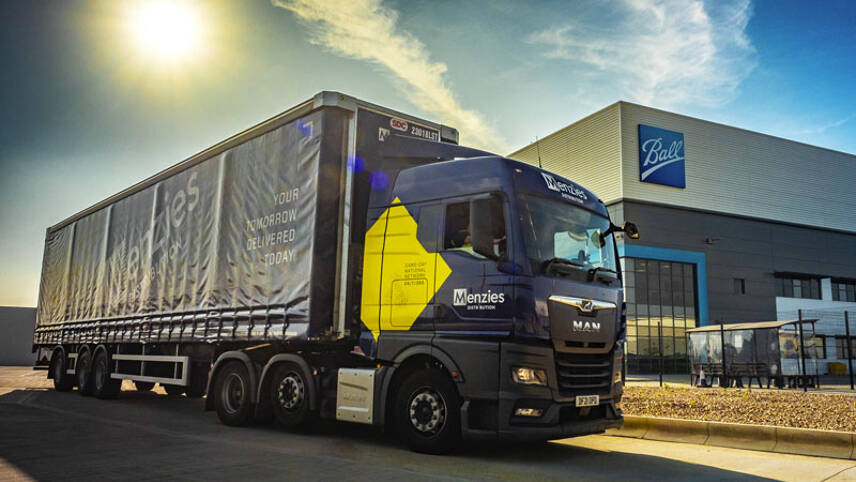Register for free and continue reading
Join our growing army of changemakers and get unlimited access to our premium content

The partnership, with support from Menzies Distribution, one of Ball’s logistics partners in the UK, will see approximately 5,000 deliveries powered by a blend of HVO and diesel, supplying the CCEP facility located in Wakefield, West Yorkshire, UK.
This trial, which commenced in October, is poised to curtail supply chain CO2e emissions by an estimated 300 tonnes annually.
CCEP Great Britain’s supply chain vice president Francisco Javier Sanchez Gandarias said: “We’re aligned with Ball Beverage Packaging’s goals when it comes to reducing emissions from transport, so that, together, we can make a bigger impact when it comes to tackling the climate challenge.
“We are continuing to encourage all of our third-party partners to transition to lower carbon solutions so we can produce and deliver the drinks people love more sustainably.”
CCEP has set targets to achieve net-zero emissions by 2040 and reduce greenhouse gas (GHG) emissions across its entire value chain by 30% by 2030, compared to 2019 levels.
The introduction of HVO is aligned with Ball’s Climate Transition Plan, unveiled in March this year, which outlines the company’s strategic trajectory towards becoming a fully circular and decarbonised business.
HVO-powered vehicles have already proven effective in other Ball facilities situated in France and Sweden, according to the company.
Moreover, Ball is actively pursuing future HVO initiatives in Spain, Italy, Austria, and Switzerland.
Ball Beverage Packaging EMEA’s integrated business planning vice president Tom McCarthy said: “We are delighted to work with CCEP on such an important project. Tackling emissions from transport is extremely important to us – from the production of the can to the final delivery stage.
“Through strong collaboration with our customers and suppliers across the value chain we are driving towards our sustainability goals.”
Advantages of HVO
HVO is a sustainable alternative fuel with the capacity to mitigate the carbon footprint linked to supply chain transportation.
According to research from the Department for Energy Security and Net-Zero (DESNZ), if fully adopted, HVO has the capacity to slash emissions by up to 90%.
Moreover, HVO can be employed as the primary fuel source or blended with diesel to enhance CO2e emissions without necessitating alterations to existing engines or additional vehicle maintenance.
Additional HVO pilots


Please login or Register to leave a comment.